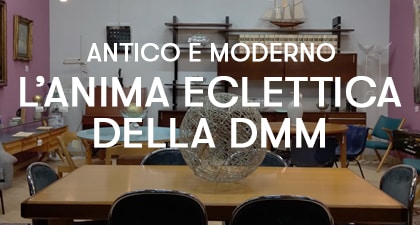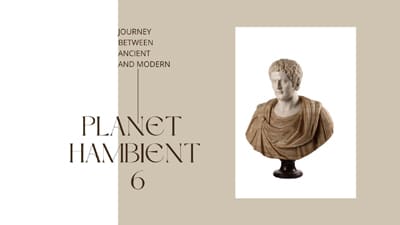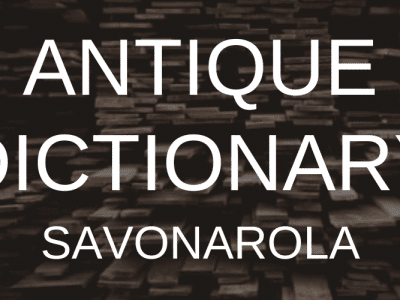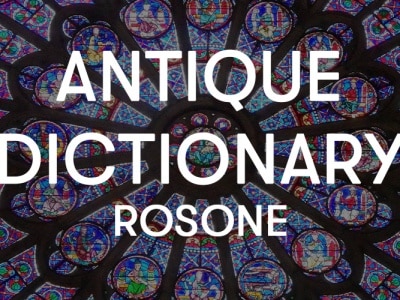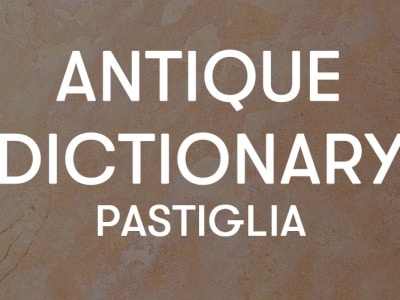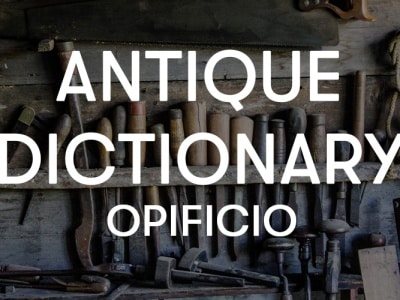
Vestiges of past eras, testimonies of uses and customs now obsolete … Antique objects arouse great interest today more than ever.
Antiques are a fascinating and mysterious world, all to be investigated and discovered.
In this regard, we have decided to dedicate a series of insights to the topic to highlight peculiarities and curiosities that we will publish on Monday.
The first appointment with Classic Monday is dedicated to an interesting piece of furniture that has fallen into disuse.
It is a piece of furniture that no longer appears in modern homes, except with a merely decorative function:
the game table.
Born in the Middle Ages, the gaming table has undergone several evolutions until its almost definitive disappearance in the twentieth century.
Before the reign of Louis XV any table could be used for the purpose: it was enough to place a velvet or linen cloth on it and voila, the table was ready to welcome endless games of cards or checkers.

It was only in the eighteenth century, the golden age of French furniture, that the table acquired a specific function according to its use.
It is said that Marie Antoinette, the then Queen of France, had a real addiction to gambling, and she was certainly not the only one… Much of the nobility French considered the game as one of the main forms of entertainment.
So it was that the greatest craftsmen of the time designed highly specialized tables, designed specifically for the most popular games: chess, checkers, the beloved tric-trac and so on.
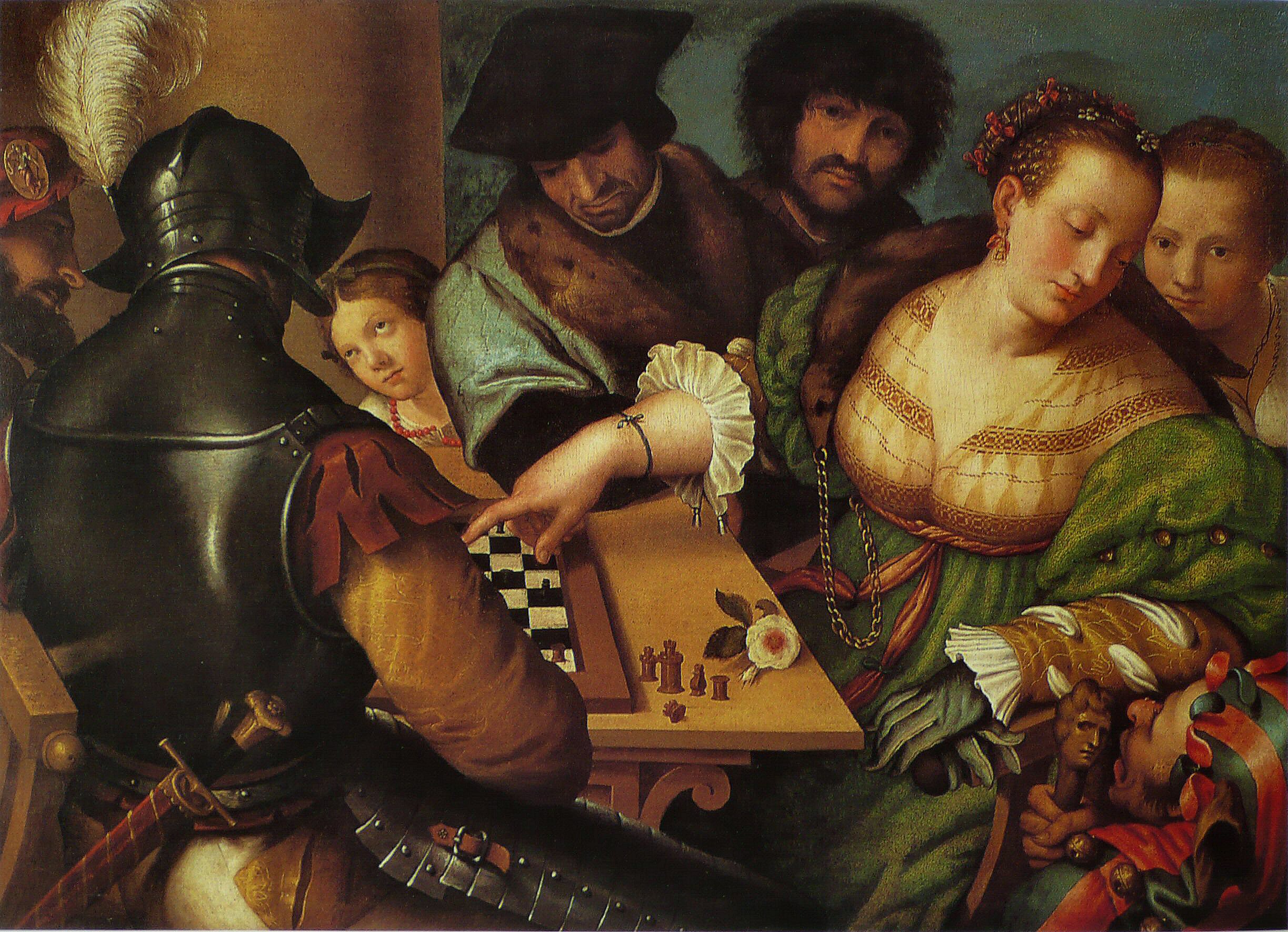
These were very refined pieces, often very elaborate; The most interesting were modular, equipped with drawers and secret compartments.
The real protagonist of this period was the semicircular game table.
Open it could accommodate up to seven players, at the end of the games, the table was folded and placed against the wall where, minimally bulky, it assumed a decorative function.
Louis XVI-style furniture is considered among the most beautiful ever made; Simple and refined, characterized by classic and elegant lines.
They stand in stark contrast to the asymmetry and abundance of decorative elements of Rococo and Louis XV.
A key element is the resumption of the themes of classical Greek and Roman culture, which translates into linear shapes, geometric composure, symmetrical and evocative decorations of the ancient world.
Characteristic of this period are the lounge, play, tea and coffee tables, contained in the volumes and with thin legs with a square section, which have tapered cone or pyramid feet.
Following the French Revolution there will be a further stiffening and simplification of the furnishings.

The Directory style will be established (of which the game table in the image above is a splendid example).
With a rather rigid elegance, it maintains the classic forms of the Louis XVI period, but emptied of inlays, elaborate bronzes.
Mahogany with its austere but imperial color slowly becomes the most widespread and requested wood (which will become one of the characteristic features of the Empire era) without many frills.
It will be in the Empire era that the furniture will return to be enriched with all those symbols also sculptural related to the Roman Empire and the figure of Napoleon.
After the fall of the Napoleonic Empire there will be a further development of this type of furniture that will respond to the need to furnish the houses of the new bourgeois class.
















